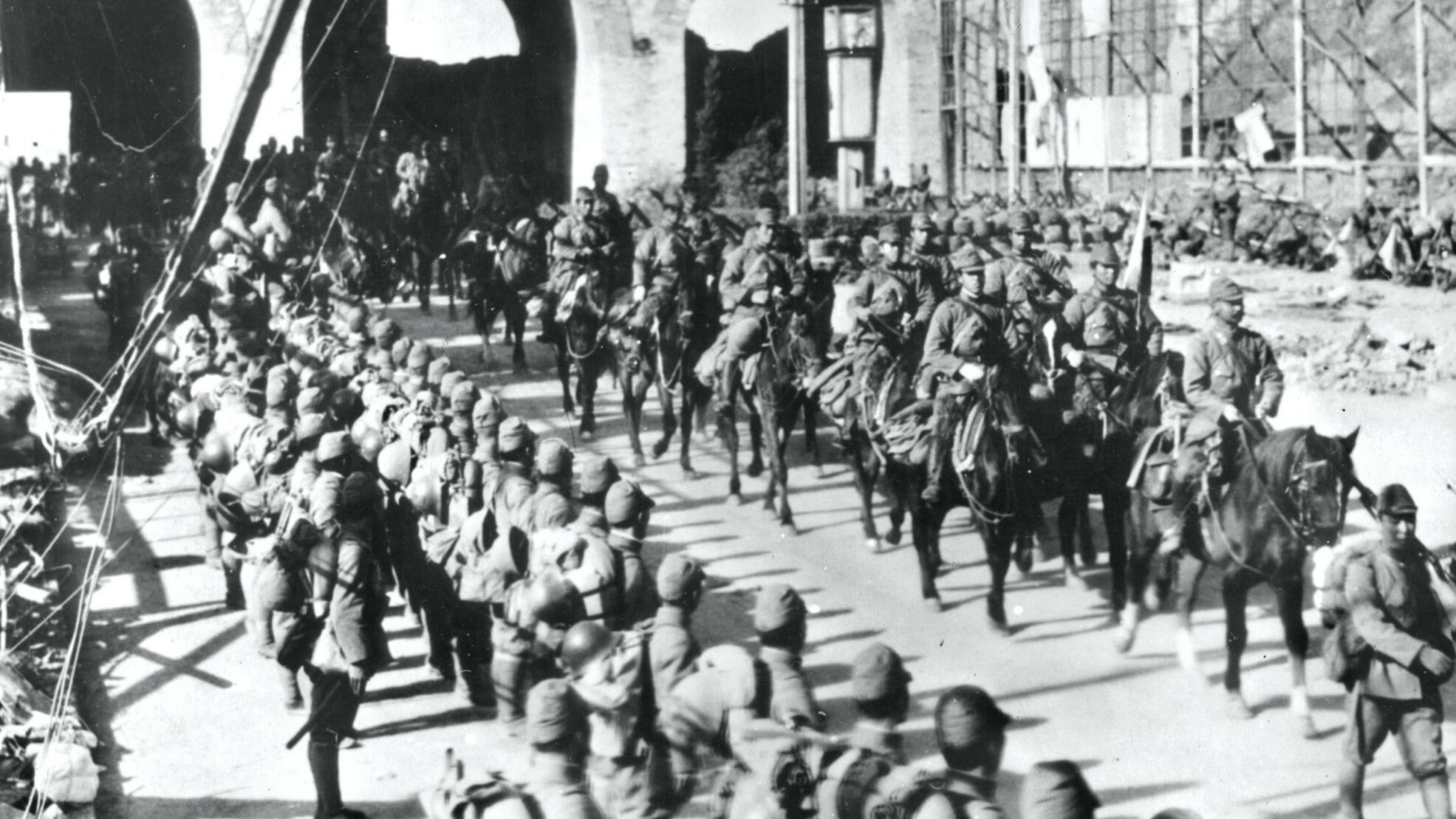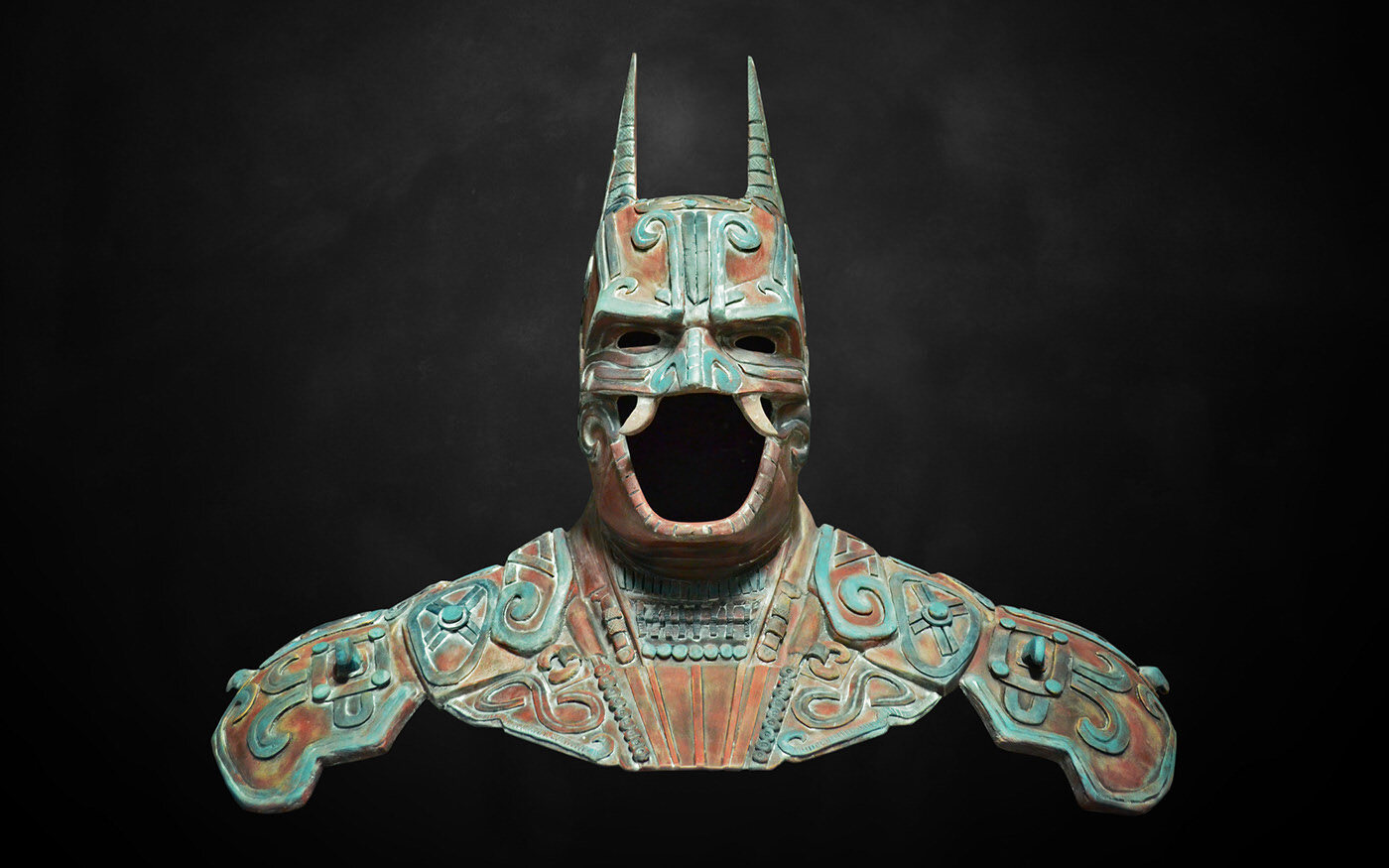
The Rape of Nanking, also known as the Nanjing Massacre, stands as one of the darkest chapters of World War II. Beginning on December 13, 1937, and lasting for six harrowing weeks, the Imperial Japanese Army unleashed unimaginable horrors upon the Chinese city of Nanjing. Estimates suggest that between 40,000 and 300,000 civilians and prisoners of war lost their lives. The brutality extended beyond mass executions to include widespread rape, with cases ranging from 20,000 to over 80,000. Despite efforts by individuals like John Rabe, who established the Nanking Safety Zone to protect civilians, the atrocities committed left an indelible scar on history. Why is it crucial to remember the Rape of Nanking?
The Rape of Nanking: A Dark Chapter in History
The Rape of Nanking, also known as the Nanjing Massacre, stands as one of the most brutal events of World War II. In December 1937, the Imperial Japanese Army captured Nanjing, the capital of China, and unleashed a wave of violence against civilians and prisoners of war. Here are 35 facts that shed light on this tragic event.
The Timeline and Scale of the Atrocities
Understanding the timeline and scale of the Rape of Nanking helps grasp the magnitude of the horror.
- The Rape of Nanking began on December 13, 1937, and lasted for approximately six weeks, until January 1938.
- Death toll estimates vary widely, ranging from 40,000 to over 300,000 civilians and prisoners of war.
- Rape cases are estimated to range from 20,000 to over 80,000, with many soldiers committing brutal acts beyond rape, including disemboweling women and slicing off their breasts.
Japanese Military Atrocities
The Japanese military's actions during this period were marked by extreme brutality.
- The Japanese military committed numerous atrocities, including mass executions, torture, and arson. These actions were part of a broader terror campaign aimed at demoralizing the Chinese population.
- Japanese soldiers engaged in killing contests, where they competed to see who could kill the most prisoners of war. These contests were a common occurrence during the massacre.
- Torture and rape were widespread. Chinese men were sodomized, and families were coerced into committing incestuous acts. The brutality was so extreme that even the Nazis in the city were shocked.
Efforts to Protect Civilians
Despite the chaos, some individuals and organizations tried to protect the innocent.
- John Rabe, a German businessman, founded the International Committee for the Nanking Safety Zone. This zone provided shelter to approximately 250,000 civilians.
- John Rabe’s efforts to save innocent civilians from slaughter have been recognized as heroic. His legacy serves as a reminder of the importance of humanitarian intervention during times of conflict.
- The Nanking Safety Zone was established to provide shelter to civilians. This zone was a testament to the resilience and determination of those who sought to protect innocent lives during one of the darkest periods in human history.
International Response and Historical Records
The international community's response and historical records provide further insight into the event.
- Despite the widespread atrocities, no press conference was ever called by the International Information Department to announce a massacre in Nanking. This lack of response suggests that the Ministry of Information did not believe a massacre had occurred.
- Historical records, including documents from the Ministry of Information and the National Military Council, do not mention a "Nanking Massacre." These records suggest that the event was not recognized as a massacre at the time.
- Numerous historical records and documents, including those from the Ministry of Information and the National Military Council, provide evidence of the atrocities committed in Nanking. These records contradict claims that the event was fabricated.
Eyewitness Accounts and Photographic Evidence
Eyewitness accounts and photographic evidence play a crucial role in documenting the massacre.
- Many photographs circulating the world to substantiate the massacre are fakes. These photographs were often montages or staged, and their captions were false. No authentic photographic evidence supports the claims of a massacre in Nanking.
- Eyewitness accounts from American and European observers provide detailed descriptions of the atrocities committed in Nanking. These accounts include descriptions of children being suffocated or bayoneted to death.
- Western observers recorded numerous entries detailing the atrocities committed in Nanking. These accounts included descriptions of children and babies being suffocated or bayoneted to death.
Japanese Propaganda and Denial
The Japanese military's efforts to downplay the atrocities and subsequent denial have been significant.
- The Japanese military engaged in extensive propaganda efforts to downplay the atrocities committed in Nanking. They issued orders to set up comfort houses and used propaganda books to justify their actions.
- Historical denial and intimidation have been used to silence those who speak out about the Rape of Nanking. This includes Japanese lawmakers who have denied the occurrence of a massacre in Nanking.
- The Rape of Nanking has been a subject of controversy in Japanese textbooks. Some texts have downplayed or omitted the event, leading to debates about historical accuracy and cultural sensitivity.
The Aftermath and Legacy
The aftermath of the Rape of Nanking and its legacy continue to impact historical memory and international relations.
- The International Military Tribunal for the Far East (IMTFE) was established to try Japanese war crimes. However, the tribunal did not address the Rape of Nanking specifically, which remains a contentious issue in Japanese history.
- The death toll from the Rape of Nanking exceeds the immediate number of deaths from the atomic bombings of Hiroshima and Nagasaki. It also surpasses the total civilian casualties for several European countries during the entire war.
- The Rape of Nanking remains an obscure incident outside of Asia. The event did not penetrate world consciousness in the same manner as the Jewish Holocaust or Hiroshima due to historical neglect rooted in cold-war politics.
Personal Stories and Brutal Methods
Personal stories and the brutal methods used by Japanese soldiers highlight the human suffering during the massacre.
- Japanese soldiers used various objects to torment women, including beer bottles, golf sticks, and firecrackers. These methods were part of a broader campaign to degrade and humiliate civilians.
- Chinese men were also subjected to brutal treatment, including sodomy and forced to perform repulsive sex acts in front of laughing Japanese soldiers.
- At least one Chinese man was murdered because he refused to commit necrophilia with the corpse of a woman in the snow. This act highlights the extreme brutality of Japanese soldiers.
Efforts to Remember and Commemorate
Efforts to remember and commemorate the victims of the Rape of Nanking continue to this day.
- Iris Chang’s book, "The Rape of Nanking," provides one of the most comprehensive accounts of Japanese war atrocities in China. Chang estimated that the number of Chinese women raped by Japanese soldiers ranged from 20,000 to 80,000.
- Comfort houses were set up by Japanese troops during the period of the massacre. These houses were established to provide women for soldiers, as Japan was afraid of criticism from China, the United States, and Europe.
- Scholars have accused Japanese academia of self-imposed censorship regarding the Rape of Nanking. This cover-up has contributed to the historical neglect of the event.
The Role of Key Figures
Key figures played significant roles during the Rape of Nanking, influencing both the events and their aftermath.
- Prince Yasuhiko Asaka was installed as the Japanese commander in the campaign. His role in ordering or allowing the massacre is disputed, but he took no action to stop the carnage.
- Mao Zedong criticized Japanese military strategy, stating that Japanese troops committed a strategic error by not annihilating enemy soldiers in Nanjing. This criticism implies that Mao did not acknowledge a massacre.
- John Rabe and other foreigners joined efforts to protect civilians, despite being part of the Nazi party. This involvement highlights the complexity of international relations during World War II.
The Importance of Historical Memory
Remembering the Rape of Nanking is crucial for preventing similar atrocities in the future.
- The brutality and scale of the atrocities committed by Japanese soldiers are well-documented through historical records and eyewitness accounts.
- Efforts to commemorate the victims continue, with various museums, documentaries, and historical sites dedicated to preserving the memory of this tragic event.
- The Rape of Nanking remains a painful reminder of human cruelty and the importance of remembering historical atrocities.
The Impact on International Relations
The Rape of Nanking has had a lasting impact on international relations, particularly between China and Japan.
- The People's Republic of China, Taiwan, and the United States all contributed to the historical neglect of the event. These governments were more concerned with maintaining diplomatic relations with Japan than with addressing wartime atrocities.
- Japanese military correspondents who witnessed the atrocities were shocked by the scale of violence. Their reports included descriptions of prisoners being beheaded and machine-gunned.
Remembering the Rape of Nanking
The Rape of Nanking stands as one of history's darkest chapters. Over six weeks, starting in December 1937, the Imperial Japanese Army unleashed unimaginable horrors on the city of Nanjing. With death toll estimates ranging from 40,000 to over 300,000, the brutality included mass executions, torture, and widespread sexual violence. Efforts by individuals like John Rabe to establish the Nanking Safety Zone saved many lives, but the atrocities left deep scars. Despite historical neglect and denial, it's crucial to acknowledge and remember these events. The International Military Tribunal for the Far East and various historical records provide evidence of the atrocities. By remembering the victims and educating future generations, we can hope to prevent such horrors from happening again. The Rape of Nanking is a stark reminder of the depths of human cruelty and the importance of humanitarian intervention.
Was this page helpful?
Our commitment to delivering trustworthy and engaging content is at the heart of what we do. Each fact on our site is contributed by real users like you, bringing a wealth of diverse insights and information. To ensure the highest standards of accuracy and reliability, our dedicated editors meticulously review each submission. This process guarantees that the facts we share are not only fascinating but also credible. Trust in our commitment to quality and authenticity as you explore and learn with us.


